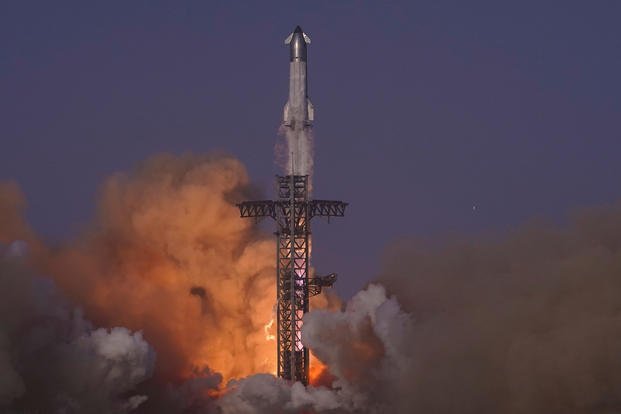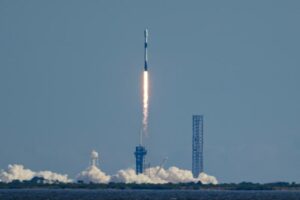SpaceX Eyes 76 Annual Starship Launches from Cape Canaveral
SpaceX is ambitiously planning to conduct up to 76 Starship launches annually from Cape Canaveral Space Station, according to a newly released Environmental Impact Statement (EIS). This report, the first of two planned, outlines SpaceX’s expansive launch strategy from the same site that hosted United Launch Alliance’s (ULA) Delta IV Heavy rocket until its final flight in 2024.
The U.S. Air Force spearheads the environmental assessment for Space Launch Complex 37, while the Federal Aviation Administration (FAA) is developing its own EIS for SpaceX’s operations at Kennedy Space Center’s Launch Complex 39-A, which could see an additional 44 Starship launches each year. Combined, these plans could allow SpaceX to exceed 200 launches annually from the Space Coast when including its existing Falcon rocket missions.
The EIS indicates that SpaceX considered building a new launch site at Canaveral, named SLC-50, but opted against it due to environmental and archaeological concerns of developing the undeveloped green space. The report states, “The development of SLC-50 is less ideal than the redevelopment of an existing SLC.” Utilizing current infrastructure is seen as more efficient and environmentally friendly.
This draft EIS will undergo public scrutiny with opportunities for comment from June 13-July 28. Three in-person public meetings and a virtual presentation are scheduled. Details can be found at spaceforcestarshipeis.com.
Despite its ambitious plans, SpaceX’s Starship, the most powerful rocket ever to reach space, remains grounded pending FAA approval and the conclusion of an investigation into recent test mishaps. SpaceX is investing $1.8 billion in infrastructure on the Space Coast, including a Starship factory, to support future launches from both Cape Canaveral and Kennedy Space Center.
The Air Force’s EIS projects not only numerous launches but also potentially double the number of landings, with 76 for the Super Heavy booster and 76 for the upper stage. SpaceX plans to establish two launch pads and two landing pads, with half of the activities occurring at night. Some landings may still take place offshore using droneships in the Atlantic.
Concerns over environmental impacts, such as noise from sonic booms and effects on local wildlife, are addressed in the EIS. Mitigation strategies include offsetting habitat loss for species like the southeastern beach mouse. The report also highlights potential economic benefits for the region and ensures that SpaceX’s activities won’t sideline other launch providers.
The EIS aims to bolster U.S. space launch capabilities as part of the Department of Defense’s Assured Access to Space program, enhancing the nation’s launch infrastructure and fostering a competitive space industry.
For more information, visit orlandosentinel.com and Tribune Content Agency, LLC.











